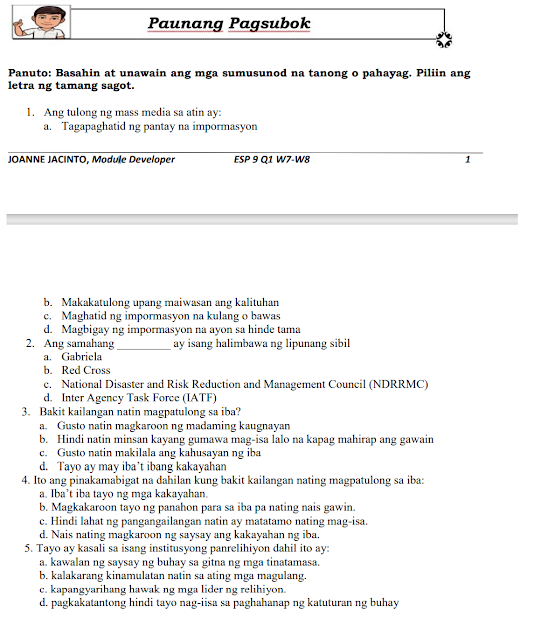Cite 5 learning disabilities and propose practical interventions to address them.
- Dyslexia (Difficulty Reading)
-It affects both oral and
written communication throughout an individual’s life. Individual often have
trouble identifying letters or words, and that can result in slow, inaccurate,
and effortful reading. They often becomes obvious when a person with dyslexia
is reading aloud because they might have to hesitate or guess at words, and
they might end up reading without normal intonation or expression. It can also
cause difficulty with spelling because a person might add or omit letters by
mistakes. All of this effort with reading, means that individuals might also
have a hard time understanding what they read. Sometimes missing the deeper
meaning of the passage, forgetting the correct sequence of events, or being
unable to make interference about what they’ve read.
PROPOSED INTERVENTION:
These
disability doesn’t mean they are incapable of learning, so with the help of
these intervention it can aid the problems.
-Have
a printed text in a specific font. Keep their Reading materials different from
the others. Have it larger and simpler to read. Give extra hours for the
reading session. It may take your time but nothing beats the teacher with a big
heart.
- Dysgraphia (Difficulty Writing)
-It describes having trouble
with writing specially poor in spelling and difficulty with grammar.
Oftentimes, they have poor handwriting, even though they don’t have trouble
with other fine motor skills, like using tweezers for instance. They might mix
print and cursive writing, or might misuse upper and lowercase letter and a
result, their writing is often slow and labored, causing them to get writing
fatigue. Dysgraphia can also involve more global writing problems like having
difficulty putting thoughts down on paper or thinking and writing at the same
time, which as you might guess, leads to writings that lacks clarity and
cohesion.
PROPOSED INTERVENTION
Give
the student with dysgraphia a wide-ruled paper or certain pencil grips. Every
time they have to write make sure the paper has special line on it the one used
for the beginners and facilitate the hand of the student until he get used to
it. Patience is a virtue.
- Dyscalculia (Difficulty with Math)
-
Persons
with this kind of disability have a poor understanding of numbers such as their
magnitude and their relationship to one another. The most common problem is
with “number sense”. This is an intuitive understanding of how number works,
and how to compare and estimate quantities of numbers. They often struggle to
memorize math facts like formulas and equations, which makes it very hard for
them to manipulate numbers and solve math problems. In general, these
individuals struggle to follow mathematical reasoning, misunderstanding the
logic behind and therefore having to rely heavily on rote memory. Overtime, the
difficulty can cause related issues like not being able to easily measure out
ingredients for a recipe or feeling comfortable reading graphs and charts.
PROPOSED INTERVENTION
-give
them a math-based games and using physical objects that relate to the real
world like using buttons in place of numbers can help develop and cultivate a
more intuitive feel for numbers. In most of these situations, individual might
benefit from having extra time to practice specific skills or with one-on-one
tutoring.
- ADHD (Attention
Deficit/Hyperactivity Disorder)
-Learners with ADHD have
difficulty in traditional school settings. They short attention span and tend
to move around the corner. Usually the students with this disability has more
energy than the others and very active and intelligent on their own way. Some
may have behavioral problems that may be of need of therapies.
PROPOSED INTERVENTION
-due
to the short attention span the teacher must provide different strategies and
methods. Like additional activity sheets and other game related activity. You
can also make them lead some group activities like math problems. Make it more
interesting and advance for them to workout really hard on the activity.
- Processing Deficits
-They have troubles making
sensory data. This makes it hard for the students to perform in a traditional
classroom setting without instructional supports. These deficits usually the
auditory or visual and they can make it hard for the students to distinguish
and remember important information that is needed to succeed in the lesson.
PROPOSED INTERVENTION
-If the
students had hard time processing data the teacher mu provide a well-organized
instructional material. Teacher must relate every information to on hand or
real life situation and put it in a colorful and ready to read visual aids or
printout. Make every activity localized so the student can easy distinguished
the information and relate to it easily.


Mga Komento